

Financial Aid & Student Accounts
Student Financial Services
Welcome to Student Financial Services, home to the offices of Financial Aid and Student Accounts/Bursar. The University at Albany provides both merit aid and need-based aid, as well as payment plans and other assistance, to help you achieve your dreams.
Financial aid helps students pay for college. We encourage every student to apply for financial aid, even if they don’t think they will qualify for assistance. Over 80% of our undergraduate students apply and about 60% receive money they don’t need to pay back.
To determine if you qualify for financial aid, complete the Free Application for Federal Student Aid (FAFSA). New York State residents and students meeting NYS Dream Act eligibility should also complete all necessary New York State grants and scholarships applications.
There are two categories of financial aid: gift aid and self-help aid.
Gift aid is free money — also referred to as grants and scholarships that students do not pay back. It’s awarded based on merit or financial need.
Merit scholarships are generally awarded based on academic aptitude or another unique skill. Students are notified of their merit award(s) by the Office of Undergraduate Admissions.
Financial need can only be determined by filing the FAFSA.
Self-help aid is money students eventually pay back or work to earn — typically in the form of federal or private student loans, or federal work-study.
Students must repay federal student loans, unless a certain situation permits student loan forgiveness.
For federal work-study, students — generally those with the highest needs — are paid to work in various departments across campus and the community.
When comparing college costs, it is important to always be aware of the bottom line — meaning the money you pay after financial aid.
Direct expenses at UAlbany include tuition, fees, housing and food charges. To determine how much you’ll need to pay, add up those direct expenses, then subtract all financial aid you’ve been offered.
If you’re left with a balance to pay, consider the following options:
Split your balance into equal installments by enrolling in the University's payment plan.
Apply for a Direct PLUS Loan. A PLUS Loan allows for a student's parent to finance the remaining cost of attendance.
Apply for a private student loan. The student is the primary borrower and will likely require a cosigner.
Seek on- or off-campus employment.
Apply for additional scholarships. Consider the University at Albany Foundation and Alumni Association scholarships, scholarships for students without permanent legal status, and outside scholarships.
Scientists can identify the origins of diseases by studying how RNA turns genes on and off, potentially leading to innovative disease treatments and possible cures.
The RNA Institute offers unique opportunities to researchers and trainees for collaboration and interdisciplinary research. We have more than 50 faculty working to understand the role of RNA in fundamental biological processes, developing RNA as a tool for science and harnessing this knowledge to improve human health.
The RNA Institute is more than just a modern research facility. We are a collection of diverse and talented researchers and laboratories united by a common goal in understanding the role of RNA across different fields, including biology, chemistry, biomedical sciences, physics, and nanobiosciences. RNA forms the basis of our research, it is the common element that we study, build, modify and analyze as well as the building blocks that we use to construct tools, reporters, and therapies.
Our RNA Training Programs provide a multi-disciplinary curriculum with a focus on RNA and its health-related benefits. We develop our future science leaders by providing trainees from high school to post-doc students and beyond with comprehensive access to faculty, techniques, and collaborations within Biological Sciences, Biomedical Sciences, Chemistry, and Nanobiosciences. Our training includes the Doctoral RNA Training Program and the Undergraduate Summer Fellowship.
One of The RNA Institute's strengths is the diversity of our faculty's research and range of disciplines. However, the diversity of our faculty and trainees lags behind the University at Albany's undergraduate population and surrounding communities. In line with UAlbany's mission to ensure that diversity, in its people and in its ideas, drives excellence in everything that it does, the Institute launched a multi-pronged approach to increase diversity and support inclusivity at the Institute and across STEM disciplines.
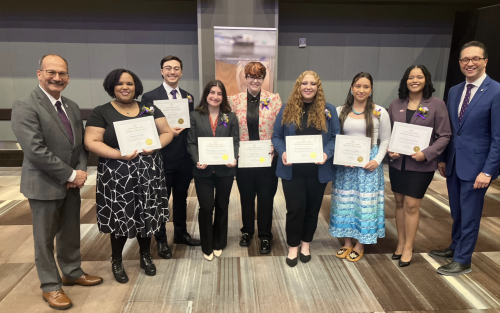
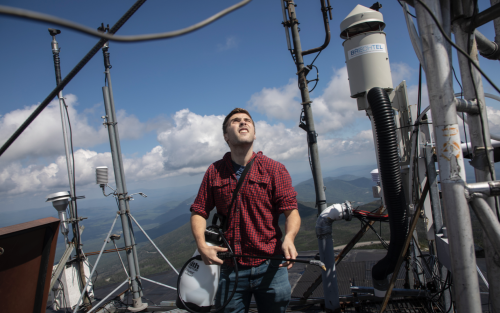
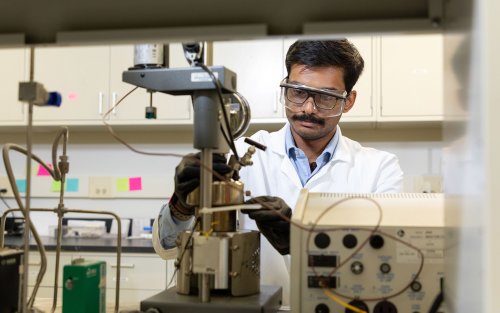
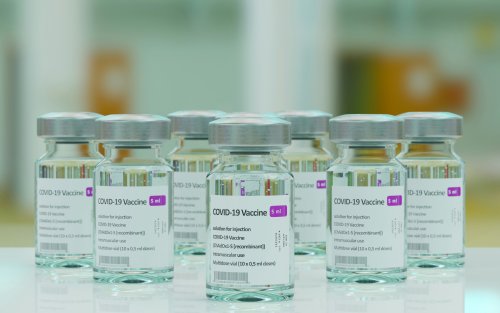
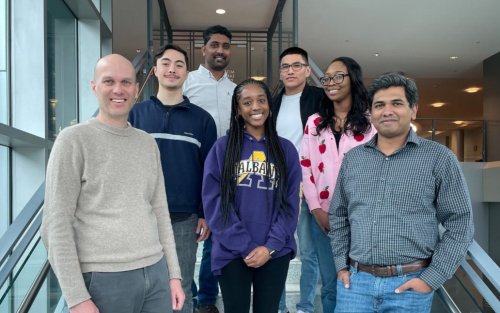
1400 Washington Ave
Albany, NY 12222
United States
On Site & By Phone: Monday - Friday, 9 a.m. to 5 p.m.
Twitter: @TheRNAInstitute